R E D N O S E
At the request of @ATZGHZ
Credit @GalacticaAsia for the plane
About Airbus A340
The Airbus A340 is a long-range, wide-body passenger airliner that was developed and produced by Airbus. In the mid-1970s, Airbus conceived several derivatives of the A300, its first airliner, and developed the A340 quadjet in parallel with the A330 twinjet. In June 1987, Airbus launched both designs with their first orders and the A340-300 took its maiden flight on 25 October 1991. It was certified along with the A340-200 on 22 December 1992 and both versions entered service in March 1993 with launch customers Lufthansa and Air France. The larger A340-500/600 were launched on 8 December 1997; the A340-600 flew for the first time on 23 April 2001 and entered service on 1 August 2002.

Keeping the eight-abreast economy cross-section of the A300, the early A340-200/300 has a similar airframe to the A330-200/300. Differences include four 151 kN (34,000 lbf) CFM56s instead of two high-thrust turbofans to bypass ETOPS restrictions on trans-oceanic routes, and a three-leg main landing gear instead of two for a heavier 276 t (608,000 lb) Maximum Takeoff Weight (MTOW). Both airliners have fly-by-wire controls, which was first introduced on the A320, as well as a similar glass cockpit. The A340-500/600 are longer, have a larger wing, and are powered by 275 kN (62,000 lbf) Rolls-Royce Trent 500 for a heavier 380 t (840,000 lb) MTOW.
The shortest A340-200 measured 59.4 m (194 ft 11 in), and had a 15,000-kilometre (8,100-nautical-mile) range with 210–250 seats in a three-class configuration. The most common A340-300 reached 63.7 m (209 ft 0 in) to accommodate 250–290 passengers and could cover 13,500 km (7,300 nmi). The A340-500 was 67.9 m (222 ft 9 in) long to seat 270–310 over 16,670 km (9,000 nmi), the longest-range airliner at the time. The longest A340-600 was stretched to 75.4 m (247 ft 5 in), then the longest airliner, to accommodate 320–370 passengers over 14,450 km (7,800 nmi).
As improving engine reliability allowed ETOPS operations for almost all routes, more economical twinjets replaced quadjets on many routes. On 10 November 2011, Airbus announced that the production reached its end, after 380 orders had been placed and 377 delivered from Toulouse, France. The A350 is its successor; the McDonnell Douglas MD-11 and the Boeing 777 were its main competitors. By the end of 2021, the global A340 fleet had completed more than 2.5 million flights over 20 million block hours and carried over 600 million passengers with no fatalities. As of March 2023, there were 203 A340 aircraft in service with 45 operators worldwide. Lufthansa is the largest A340 operator with 27 aircraft in its fleet.
A340-300 variant
The A340-300 flies 295 passengers in a typical three-class cabin layout over 6,700 nautical miles (12,400 km; 7,700 mi). This is the initial version, having flown on 25 October 1991, and it entered service with Lufthansa and Air France in March 1993. It is powered by four CFMI CFM56-5C engines and uses the Honeywell 331–350[A] APU, similar to the version used on the -200. The A340-300 was superseded by the A350-900. Its closest competitor was the Boeing 777-200ER. A total of 218 -300s were delivered.
The A340-300E, often mislabelled as A340-300X, has an increased MTOW of up to 275 tonnes (606,000 lb) and is powered by the more powerful 34,000 lbf (150 kN) thrust CFMI CFM56-5C4 engines. Typical range with 295 passengers is between 7,200 and 7,400 nautical miles (13,300 and 13,700 km; 8,300 and 8,500 mi). The largest operator of this type is Lufthansa, who has operated a fleet of 30 aircraft. The A340-300 Enhanced is the latest version of this model and was first delivered to South African Airways in 2003, with Air Mauritius receiving the A340-300 Enhanced into its fleet in 2006. It received newer CFM56-5C4/P engines and improved avionics and fly-by-wire systems developed for the A340-500 and -600.
As of March 2024, there were 61 Airbus A340-300s in airline service.

Lufthansa A340-300 from above
About Swiss International Air Lines

Swiss International Air Lines AG, stylized as SWISS, is the flag carrier of Switzerland and a subsidiary of the Lufthansa Group, as well as a Star Alliance member. It operates scheduled services in Europe and to North America, South America, Africa and Asia. Zurich Airport serves as its main hub and Geneva Airport as its secondary hub.
Its headquarters are at Kloten (near Zurich Airport), Switzerland, and an office at Zurich Airport in Kloten, Switzerland. The company's registered office is in Basel.
The airline was formed following the bankruptcy in 2002 of Swissair, Switzerland's then-flag carrier. The new airline was built around what had been Swissair's regional subsidiary, Crossair. Swiss retains Crossair's IATA code LX (Swissair's code was SR). It assumed Swissair's old ICAO code of SWR (Crossair's was CRX), to maintain international traffic rights.

Swiss International Air Lines Boeing 777
History of HB-JMA
HB-JMA is an Airbus A340-300 manufactured in Toulouse equipped with 4 CFMI CFM56-5C4 engines, which first flew on 11 June 2003.
The aircraft was then delivered to Swiss International Air Lines as "Matterhorn 4477m" until December 2010 when the aircraft was renamed "Frauenfeld"

HB-JMA painted with special red nose
Currently, this plane is in active status and up to now this plane is 22 years old.
Das ist es! Viel Spaß!

Specifications
General Characteristics
- Successors 1 airplane(s)
- Created On Android
- Wingspan 197.8ft (60.3m)
- Length 209.0ft (63.7m)
- Height 55.6ft (16.9m)
- Empty Weight N/A
- Loaded Weight 146,573lbs (66,484kg)
Performance
- Power/Weight Ratio 0.47
- Horse Power/Weight Ratio 0.04
- Wing Loading 31.6lbs/ft2 (154.4kg/m2)
- Wing Area 4,635.2ft2 (430.6m2)
- Drag Points 14812
Parts
- Number of Parts 682
- Control Surfaces 9
- Performance Cost 4,454

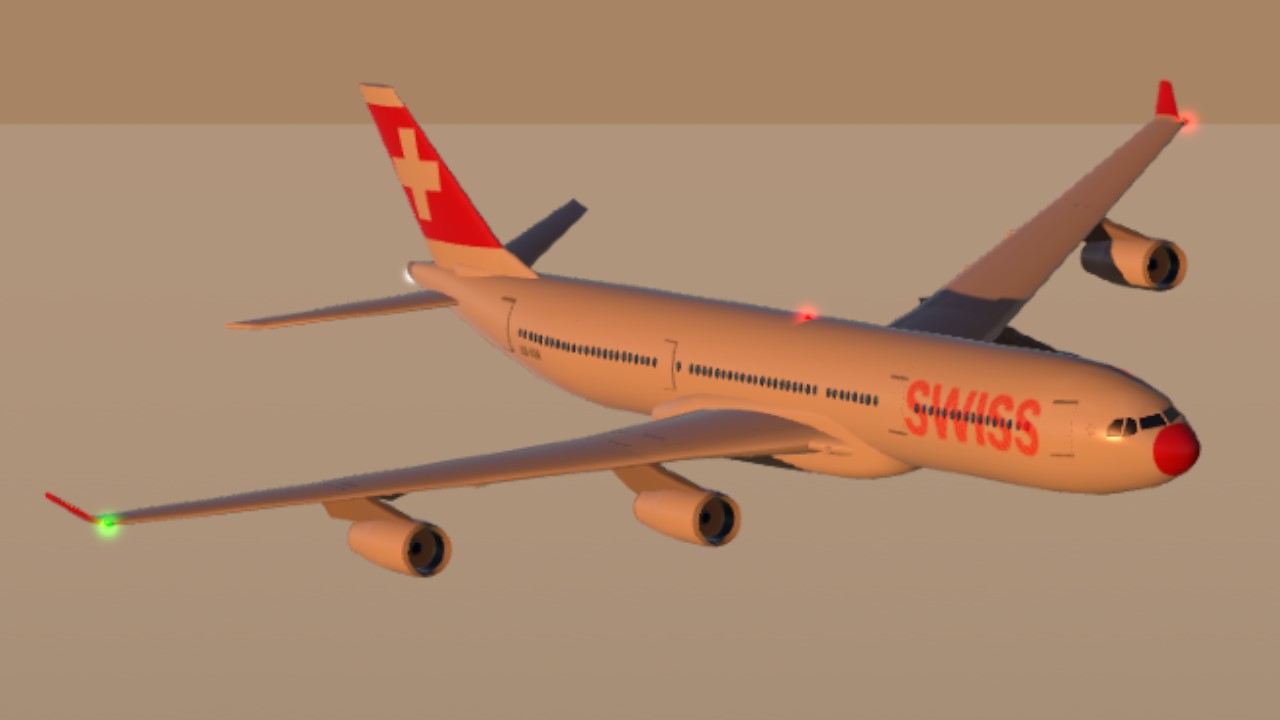
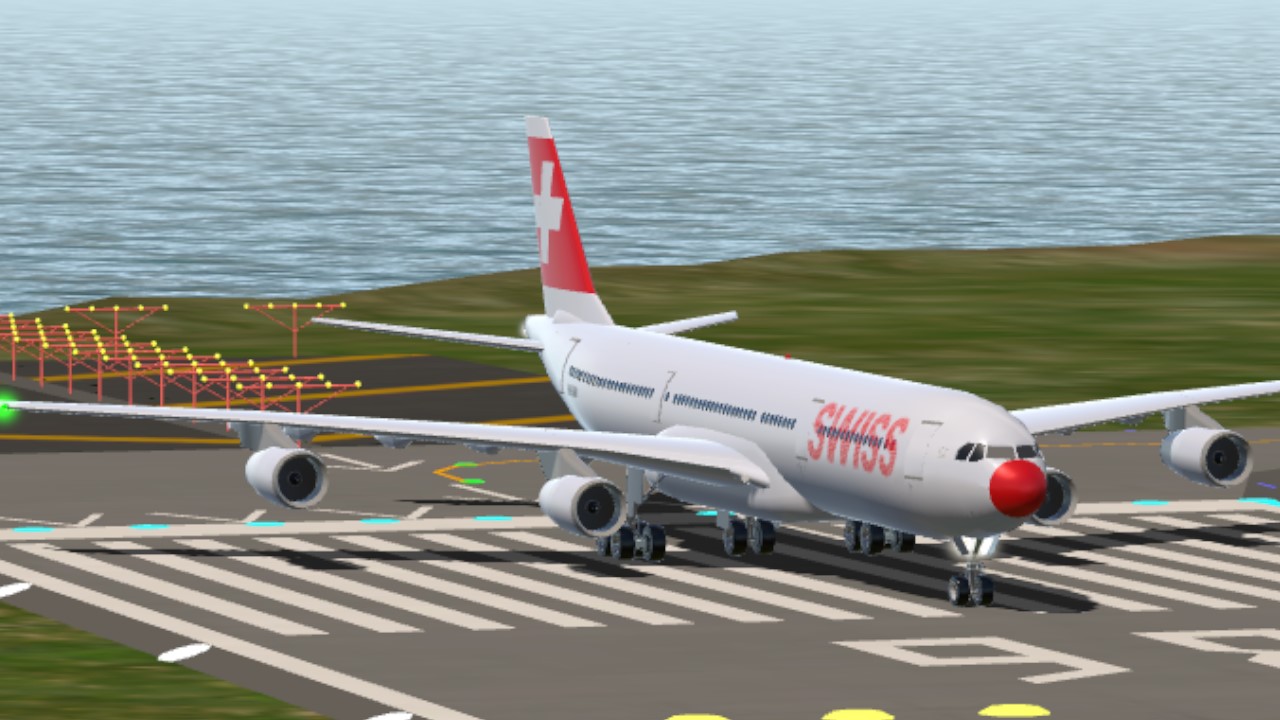
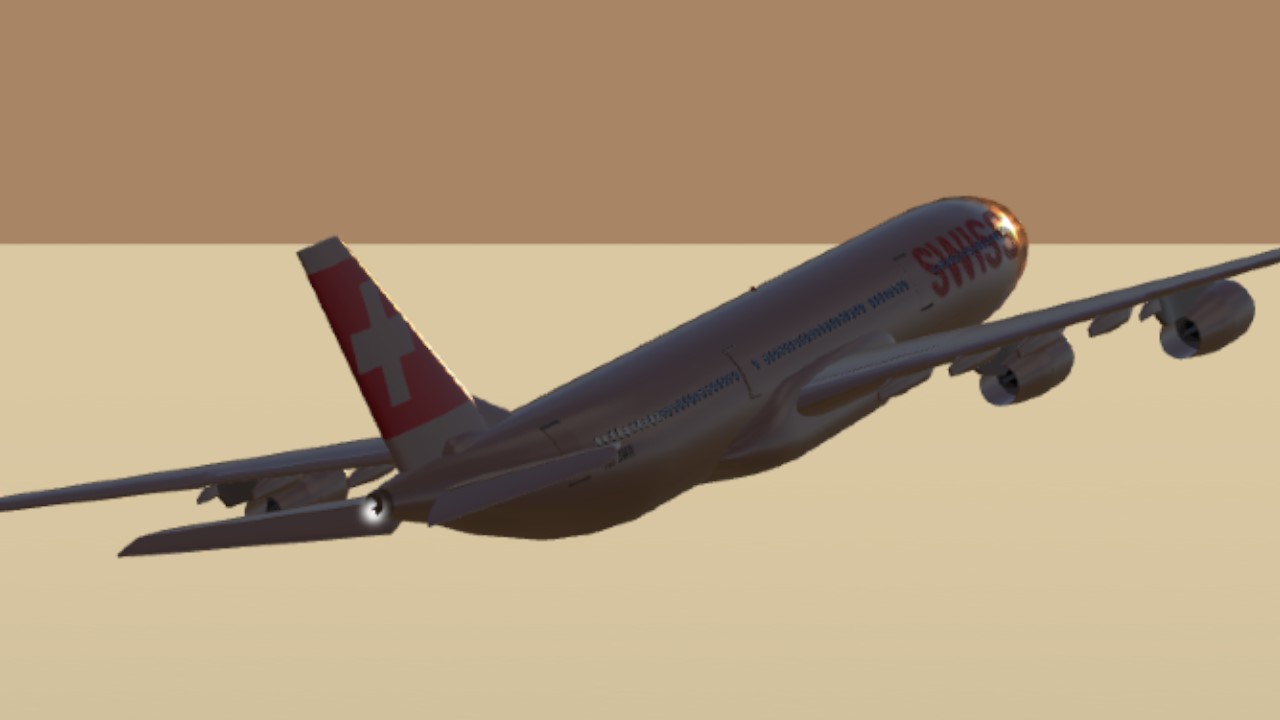
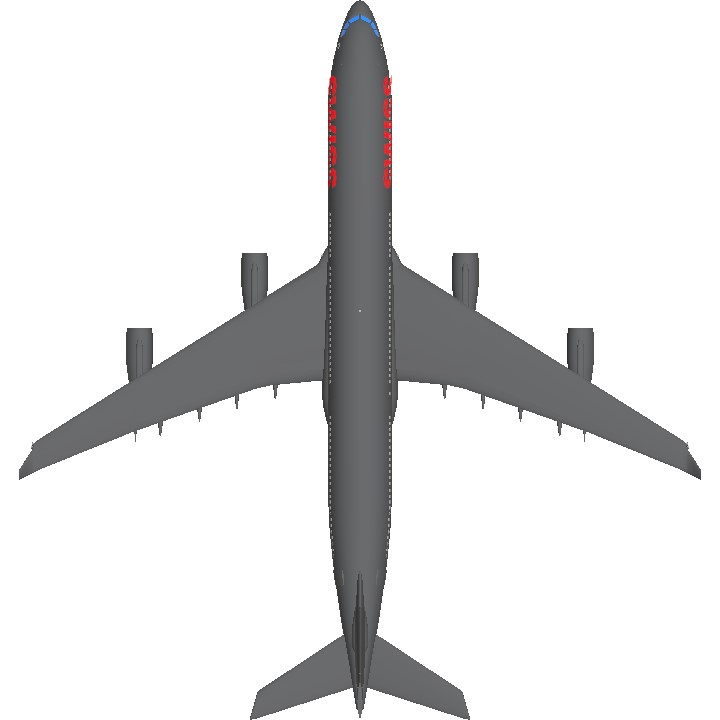

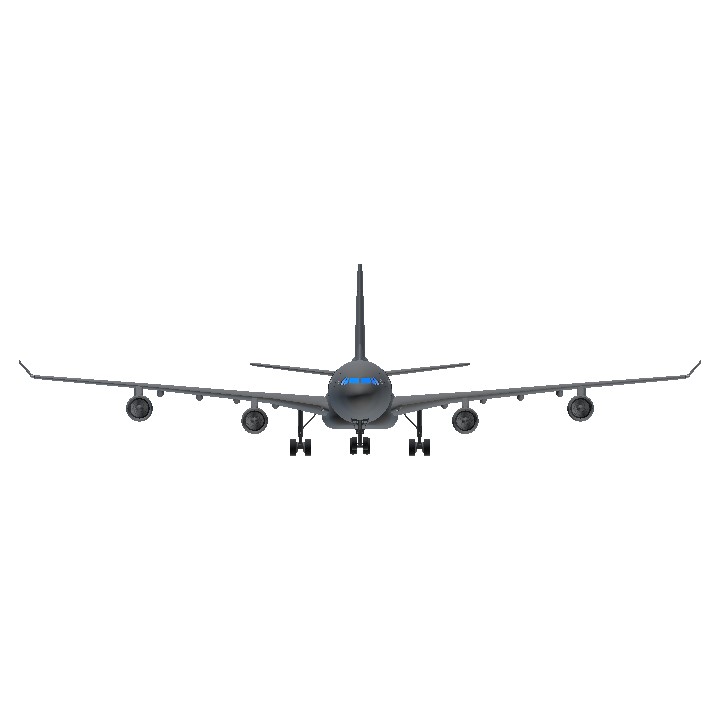
@ATZGHZ
@Cellado no problem 😁
@xXLouisPlayzXx thanks :D
looks a lot like mine! this is awesome :0
@Cellado so nice,thank you!
i made this into a bomber
@Cellado OK
@Dreamlinerboi slowly
B777-200ER Vietnam Airlines new livery PLZZZZZ
Rudolph the red nose plen
Publishing...